Home>Furniture & Design>Bathroom Accessories>When Was The Toothbrush Invented In Ancient China
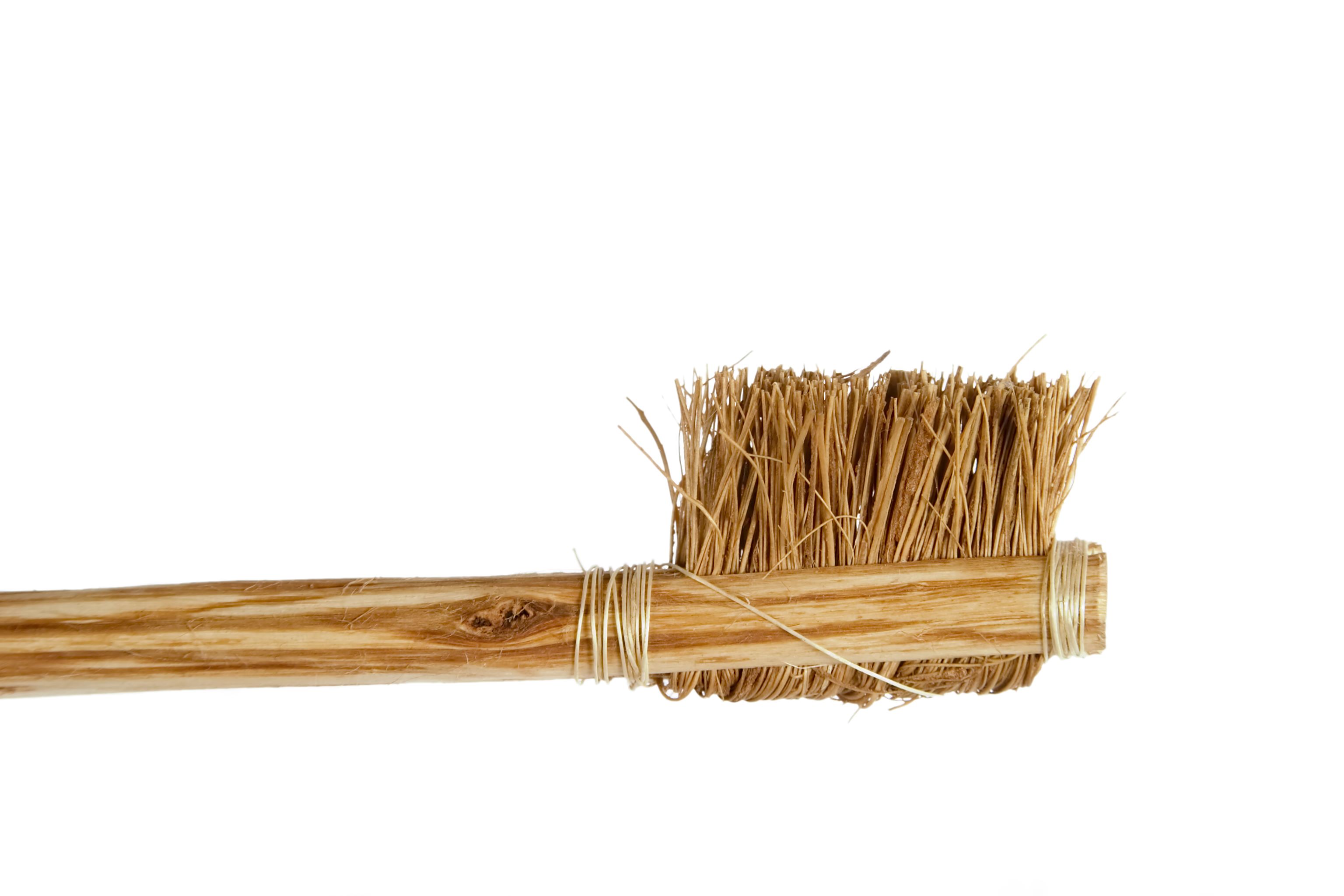

Bathroom Accessories
When Was The Toothbrush Invented In Ancient China
Modified: October 28, 2024
Discover the fascinating history of bathroom accessories with a focus on the invention of the toothbrush in ancient China. Explore the origins and evolution of essential hygiene tools.
(Many of the links in this article redirect to a specific reviewed product. Your purchase of these products through affiliate links helps to generate commission for Storables.com, at no extra cost. Learn more)
Introduction
The history of the toothbrush is a fascinating journey that spans thousands of years and traverses various cultures and civilizations. From its humble beginnings as a simple tool for oral hygiene to the sophisticated and technologically advanced dental implements of today, the toothbrush has evolved significantly, reflecting the progress of human civilization and the pursuit of better health and hygiene practices.
The story of the toothbrush is not just a tale of innovation and invention; it is a testament to the ingenuity and resourcefulness of ancient societies in addressing the fundamental need for dental care. By delving into the origins and evolution of the toothbrush, we gain valuable insights into the ways in which different cultures approached oral hygiene and how these practices have shaped modern dental care.
In this article, we will embark on a captivating exploration of the ancient origins of the toothbrush, focusing on the remarkable invention of this essential tool in ancient China. We will unravel the historical context and cultural significance of the toothbrush, shedding light on the innovative spirit and practical wisdom of the ancient Chinese civilization. Furthermore, we will trace the evolution of the toothbrush in ancient China, uncovering the pivotal advancements and adaptations that have left an indelible mark on the history of dental hygiene.
Join us on this enlightening journey through time as we unravel the captivating narrative of the toothbrush, from its inception in ancient China to its enduring legacy in shaping modern dental practices. Let us embark on a voyage of discovery, delving into the rich tapestry of history to unveil the remarkable story of the toothbrush and its profound impact on human health and well-being.
Key Takeaways:
- The toothbrush was invented in ancient China during the Shang Dynasty around 1600 BCE, using bamboo and natural bristles, showcasing the civilization’s advanced understanding of oral hygiene and practical wisdom.
- The evolution of the toothbrush in ancient China reflected the commitment to continuous improvement and innovation, leading to the refinement of bristle materials, diversification of designs, and widespread adoption of dental hygiene practices.
The Origins of the Toothbrush
The origins of the toothbrush can be traced back to ancient civilizations that recognized the importance of oral hygiene. Early forms of dental care involved the use of rudimentary tools and natural materials to clean teeth and maintain oral health. The concept of oral hygiene was not only driven by the desire for clean teeth but also by the need to prevent dental issues and maintain overall well-being.
In ancient times, various cultures devised methods to clean their teeth and gums. These methods ranged from using frayed twigs and chew sticks to scrape off food particles and plaque to employing abrasive powders to polish and cleanse the teeth. The evolution of these early dental implements laid the groundwork for the eventual development of the modern toothbrush.
The ancient Egyptians, for instance, utilized a form of toothbrush made from twigs with frayed ends, dating back to around 3000 BCE. These primitive toothbrushes, known as "chew sticks," were used to clean teeth and freshen breath. Similarly, the Greeks and Romans employed similar techniques, using twigs and natural fibers to fashion tooth-cleaning implements.
In China, the concept of oral hygiene was deeply ingrained in ancient society, leading to the development of innovative dental tools. The Chinese recognized the importance of maintaining dental health and devised unique methods to achieve this goal. The early Chinese toothbrushes were crafted from bamboo, a readily available and durable material. The use of natural bristles, such as those derived from boar hair, marked a significant advancement in tooth-cleaning technology.
As civilizations progressed, so did the methods and materials used for oral hygiene. The transition from using rough twigs to more refined tooth-cleaning implements reflected the evolving understanding of dental care. The gradual refinement of toothbrushes paved the way for the sophisticated designs and materials that characterize modern dental hygiene products.
The origins of the toothbrush underscore the timeless human endeavor to prioritize health and well-being. The early innovations and cultural practices surrounding oral hygiene laid the foundation for the development of the indispensable tool that is now an integral part of daily life. The journey of the toothbrush from its humble beginnings to its present-day form is a testament to the enduring quest for better health and the enduring legacy of ancient ingenuity.
Ancient Chinese Toothbrush Invention
The ancient Chinese toothbrush holds a significant place in the annals of dental history, representing a pivotal milestone in the evolution of oral hygiene practices. Dating back to around 1600 BCE during the Shang Dynasty, the invention of the toothbrush in ancient China marked a groundbreaking achievement in dental care. The innovative approach to oral hygiene demonstrated the advanced understanding of health and wellness in ancient Chinese society.
The early Chinese toothbrushes were crafted from materials that were readily available in the natural environment. Bamboo, known for its strength and flexibility, served as the primary component for these early tooth-cleaning implements. The use of bamboo as a handle provided a sturdy and ergonomic grip, allowing for precise and controlled brushing motions. Additionally, the fibrous nature of bamboo facilitated the attachment of bristles, creating an effective cleaning tool.
One of the remarkable features of the ancient Chinese toothbrush was the use of natural bristles, often sourced from animal hair, particularly boar hair. The incorporation of bristles marked a significant advancement in dental hygiene, as it allowed for more thorough cleaning and polishing of the teeth. The bristles, when properly arranged and secured to the bamboo handle, formed a functional and durable toothbrush that catered to the oral care needs of the ancient Chinese populace.
The invention of the toothbrush in ancient China exemplified the ingenuity and practical wisdom of the civilization. The recognition of the importance of oral hygiene and the subsequent development of a specialized tool to address this need underscored the advanced state of healthcare knowledge in ancient Chinese society. The toothbrush not only served as a means to maintain dental health but also reflected the cultural emphasis on cleanliness and well-being.
The ancient Chinese toothbrush invention laid the groundwork for the subsequent refinement and global dissemination of dental hygiene practices. The enduring legacy of this pivotal invention continues to resonate in modern times, as the toothbrush remains an indispensable tool for maintaining oral health worldwide. The ingenuity and foresight displayed in the creation of the ancient Chinese toothbrush have left an indelible mark on the history of dental care, serving as a testament to the enduring legacy of ancient Chinese innovation.
The toothbrush was invented in ancient China during the Tang Dynasty, around the year 619-907 AD. It was made from hog bristles attached to a bamboo or bone handle.
Evolution of the Toothbrush in Ancient China
The evolution of the toothbrush in ancient China represents a remarkable journey of innovation and refinement, reflecting the progressive advancements in dental hygiene practices within the ancient civilization. Building upon the foundational invention of the toothbrush during the Shang Dynasty, the subsequent developments and adaptations of this essential tool demonstrate the enduring commitment to oral health and the continuous quest for improved dental care.
Following the initial creation of the toothbrush using bamboo and natural bristles, the ancient Chinese artisans and healthcare practitioners embarked on a path of innovation, seeking to enhance the design and functionality of this vital dental implement. The evolution of the toothbrush in ancient China was characterized by a series of significant improvements, each contributing to the effectiveness and accessibility of oral hygiene practices.
One notable advancement in the evolution of the ancient Chinese toothbrush was the refinement of bristle materials. While the early toothbrushes utilized natural bristles sourced from animal hair, subsequent developments saw the introduction of softer and more resilient bristle materials. This innovation allowed for a gentler yet thorough cleaning experience, catering to the diverse oral care needs of the populace.
Furthermore, the evolution of the toothbrush in ancient China witnessed the diversification of toothbrush designs to accommodate varying preferences and requirements. Artisans and craftsmen experimented with different handle shapes, bristle arrangements, and overall ergonomics, aiming to optimize the user experience and promote widespread adoption of the toothbrush as an essential oral care tool.
The widespread dissemination of the toothbrush within ancient Chinese society further fueled the evolution of dental hygiene practices, leading to increased awareness of oral health and the integration of toothbrush use into daily routines. The cultural significance of the toothbrush as a symbol of cleanliness and well-being further propelled its evolution, prompting continuous enhancements and adaptations to meet the evolving needs of the populace.
The evolution of the toothbrush in ancient China stands as a testament to the enduring commitment to dental care and the relentless pursuit of innovation. The progressive refinements and adaptations of the toothbrush underscore the profound impact of ancient Chinese ingenuity on the history of oral hygiene, laying the groundwork for the global adoption of dental care practices that continue to shape modern oral health standards.
Conclusion
The journey through the ancient origins and evolution of the toothbrush in China unveils a captivating narrative of innovation, cultural significance, and enduring legacy. The invention of the toothbrush during the Shang Dynasty marked a pivotal milestone in the history of dental care, reflecting the advanced understanding of oral hygiene and the practical wisdom of ancient Chinese society.
The ancient Chinese toothbrush, crafted from bamboo and adorned with natural bristles, exemplified the ingenuity and resourcefulness of the civilization. The recognition of the importance of oral hygiene and the subsequent development of a specialized tool to address this need underscored the advanced state of healthcare knowledge in ancient China. The toothbrush not only served as a means to maintain dental health but also reflected the cultural emphasis on cleanliness and well-being.
The evolution of the toothbrush in ancient China further demonstrated the commitment to continuous improvement and innovation. The refinement of bristle materials, the diversification of toothbrush designs, and the widespread adoption of dental hygiene practices within the society reflected the progressive advancements in oral care.
The enduring legacy of the ancient Chinese toothbrush resonates in modern times, as the fundamental principles of oral hygiene and the innovative spirit of the civilization continue to shape contemporary dental care practices. The journey of the toothbrush from its inception in ancient China to its global significance today is a testament to the enduring impact of ancient ingenuity on the pursuit of better health and well-being.
As we reflect on the remarkable story of the toothbrush in ancient China, we gain valuable insights into the timeless quest for improved oral hygiene and the profound influence of cultural practices on the development of essential healthcare tools. The enduring legacy of the ancient Chinese toothbrush serves as a testament to the enduring legacy of ancient innovation and the enduring relevance of historical advancements in shaping modern dental care practices.
In conclusion, the ancient Chinese toothbrush stands as a symbol of ingenuity, cultural significance, and enduring legacy, representing a profound testament to the enduring pursuit of better health and well-being throughout the annals of history.
Frequently Asked Questions about When Was The Toothbrush Invented In Ancient China
Was this page helpful?
At Storables.com, we guarantee accurate and reliable information. Our content, validated by Expert Board Contributors, is crafted following stringent Editorial Policies. We're committed to providing you with well-researched, expert-backed insights for all your informational needs.
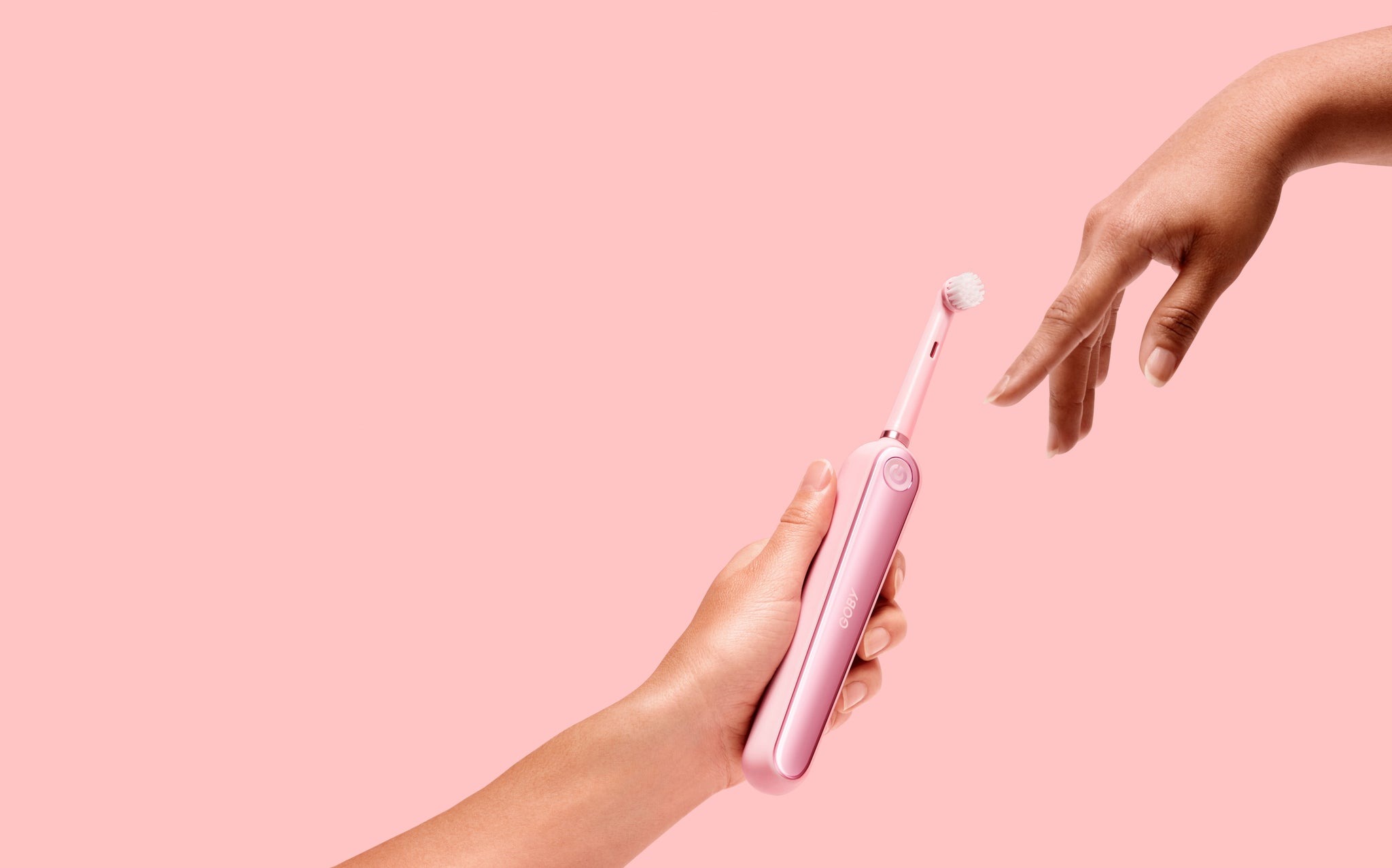
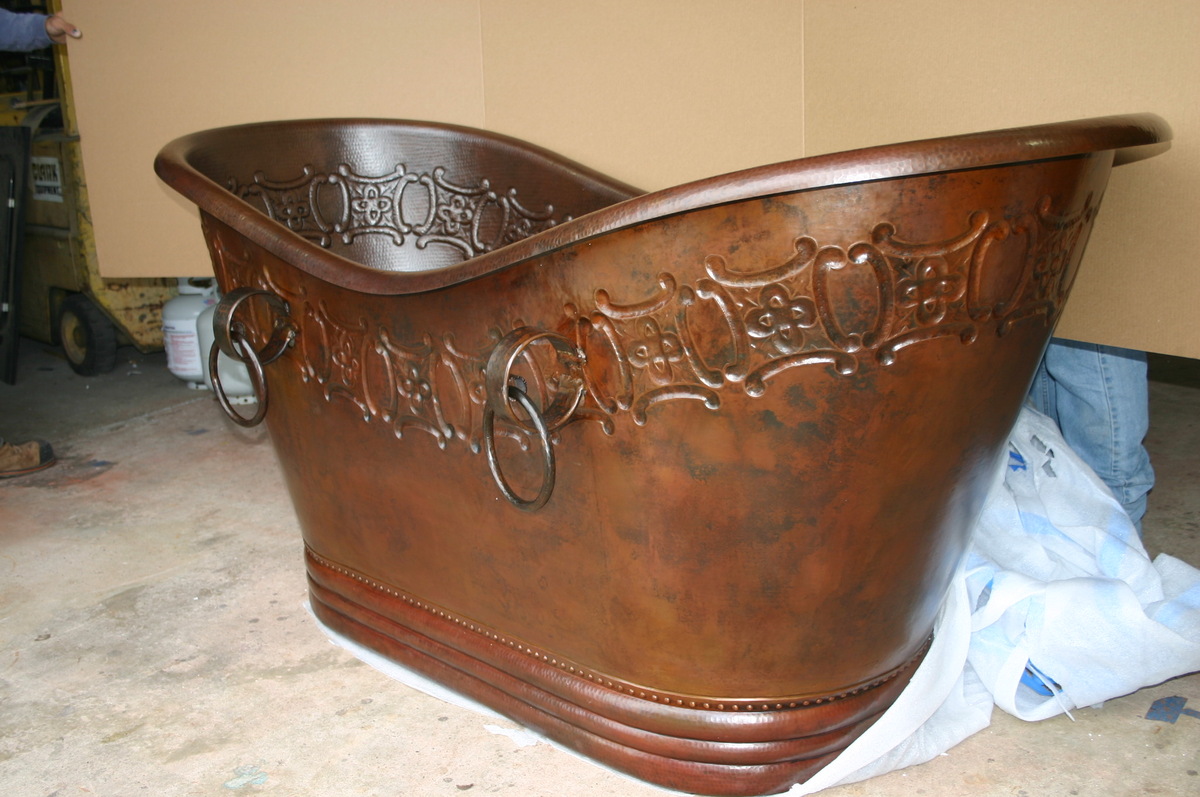

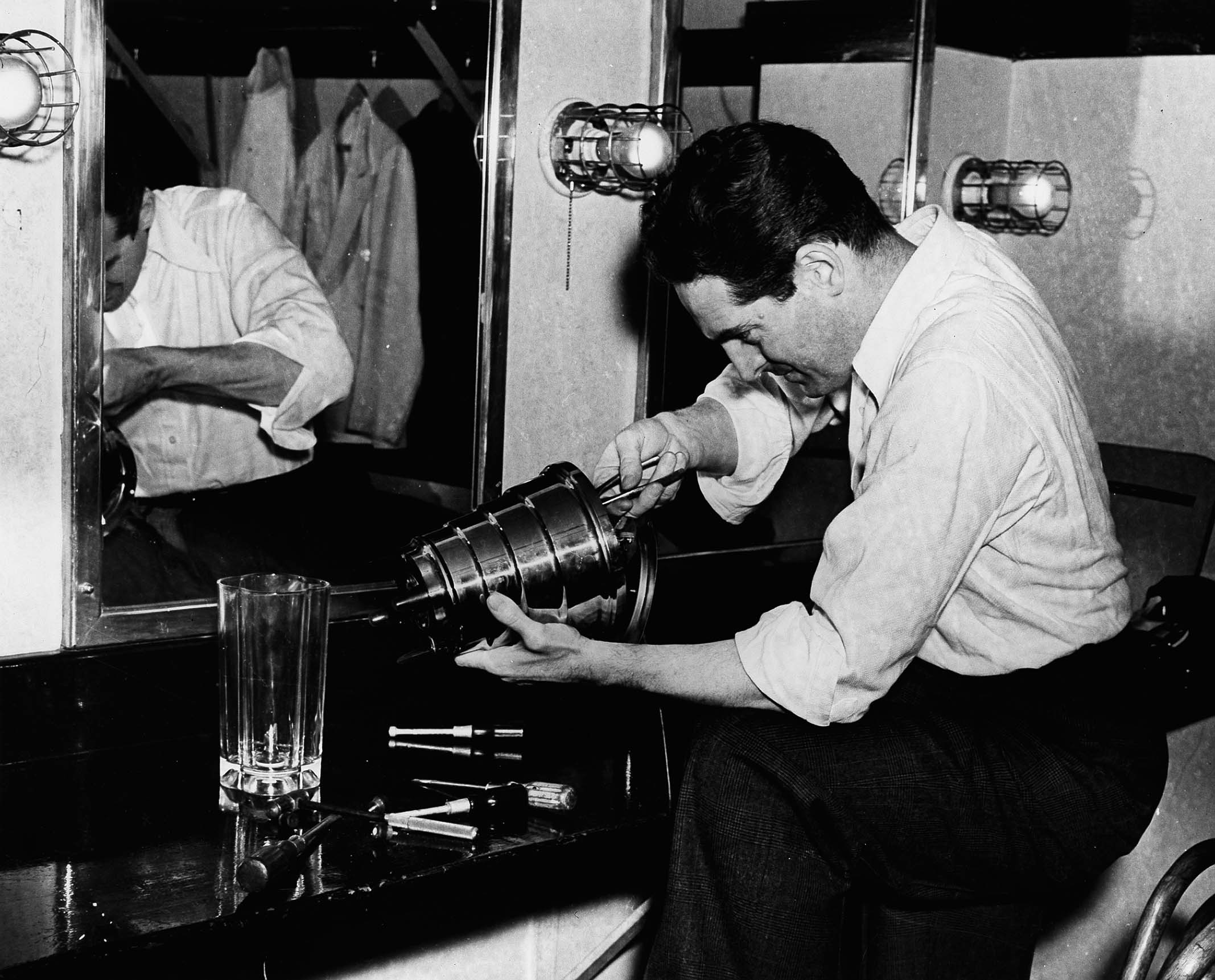

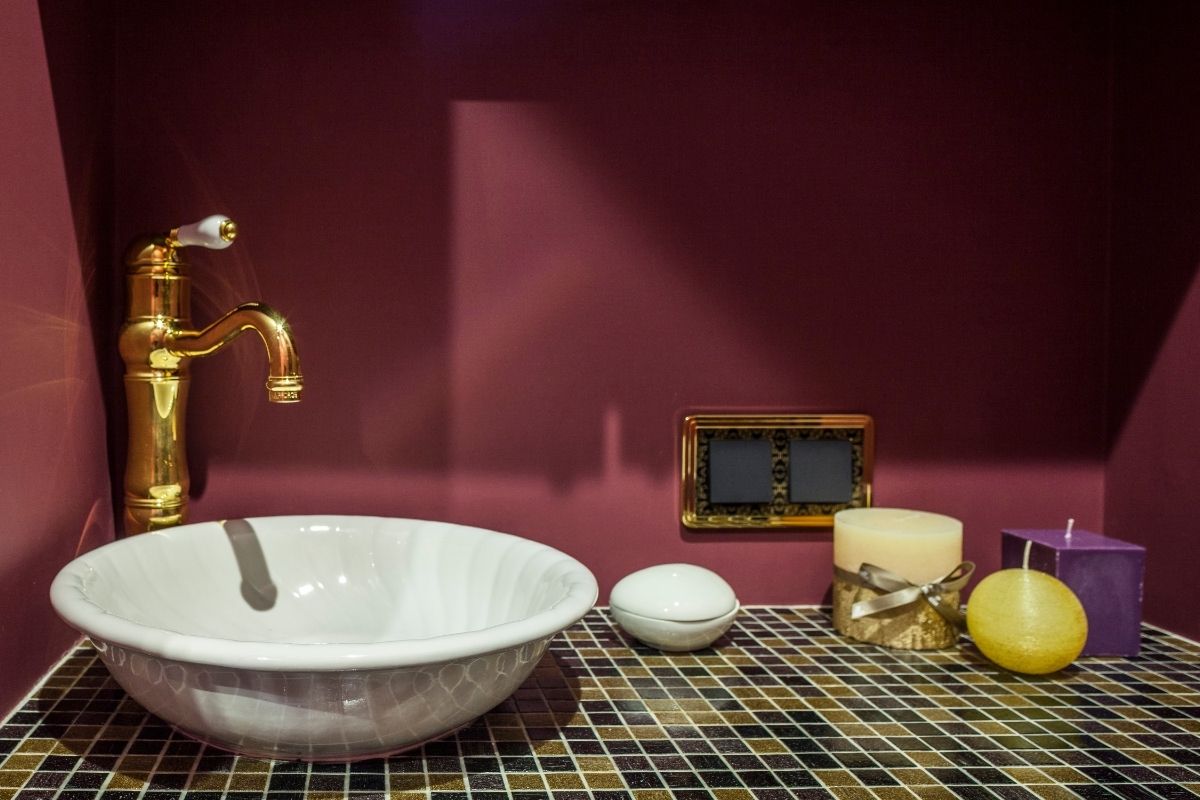

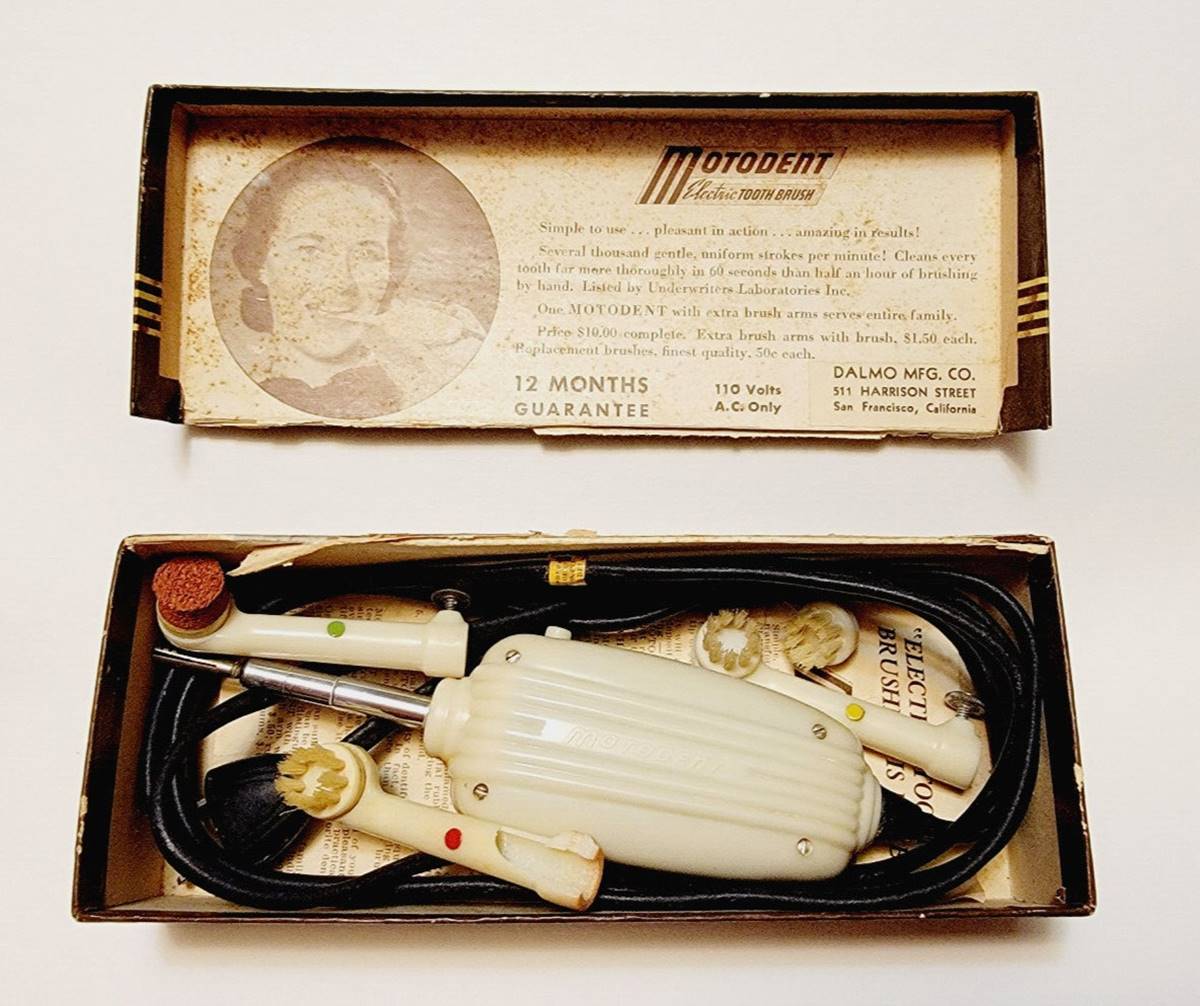




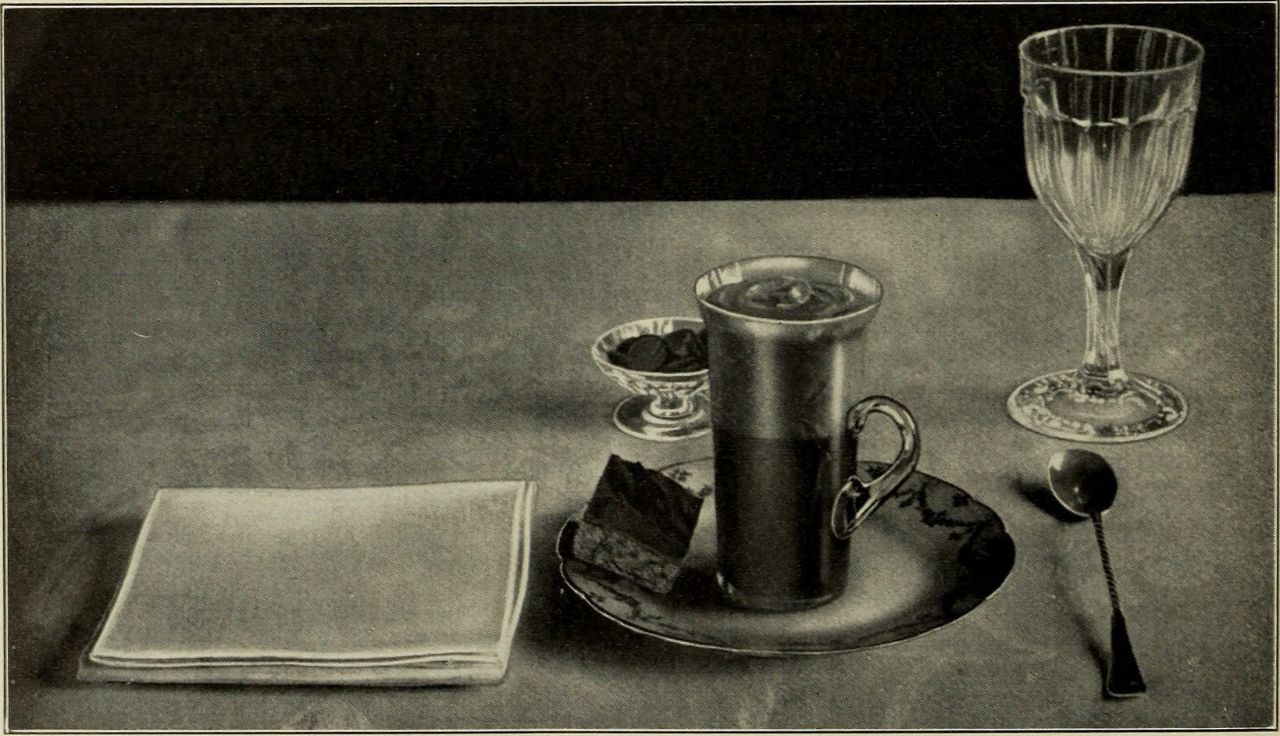

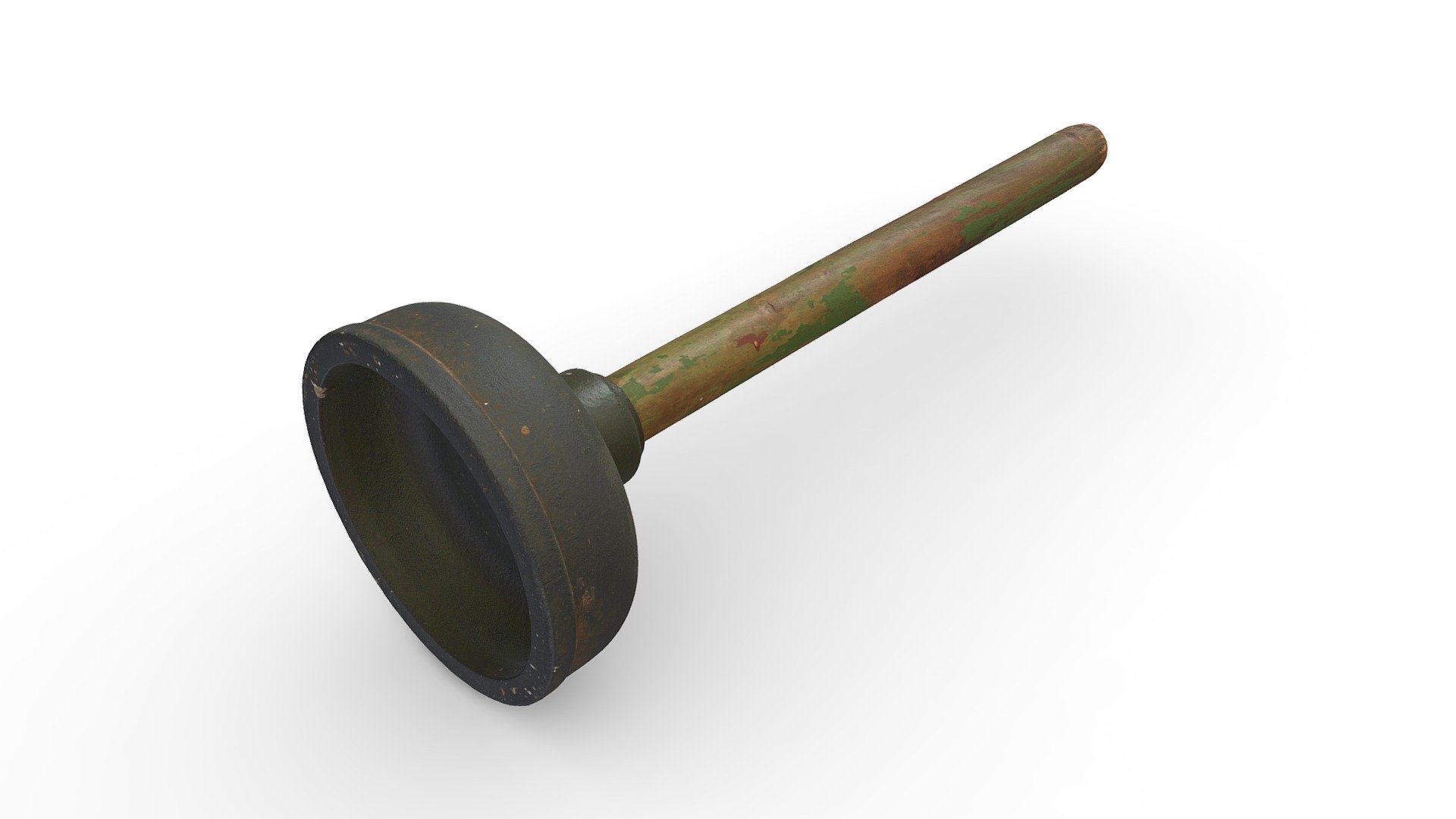

0 thoughts on “When Was The Toothbrush Invented In Ancient China”